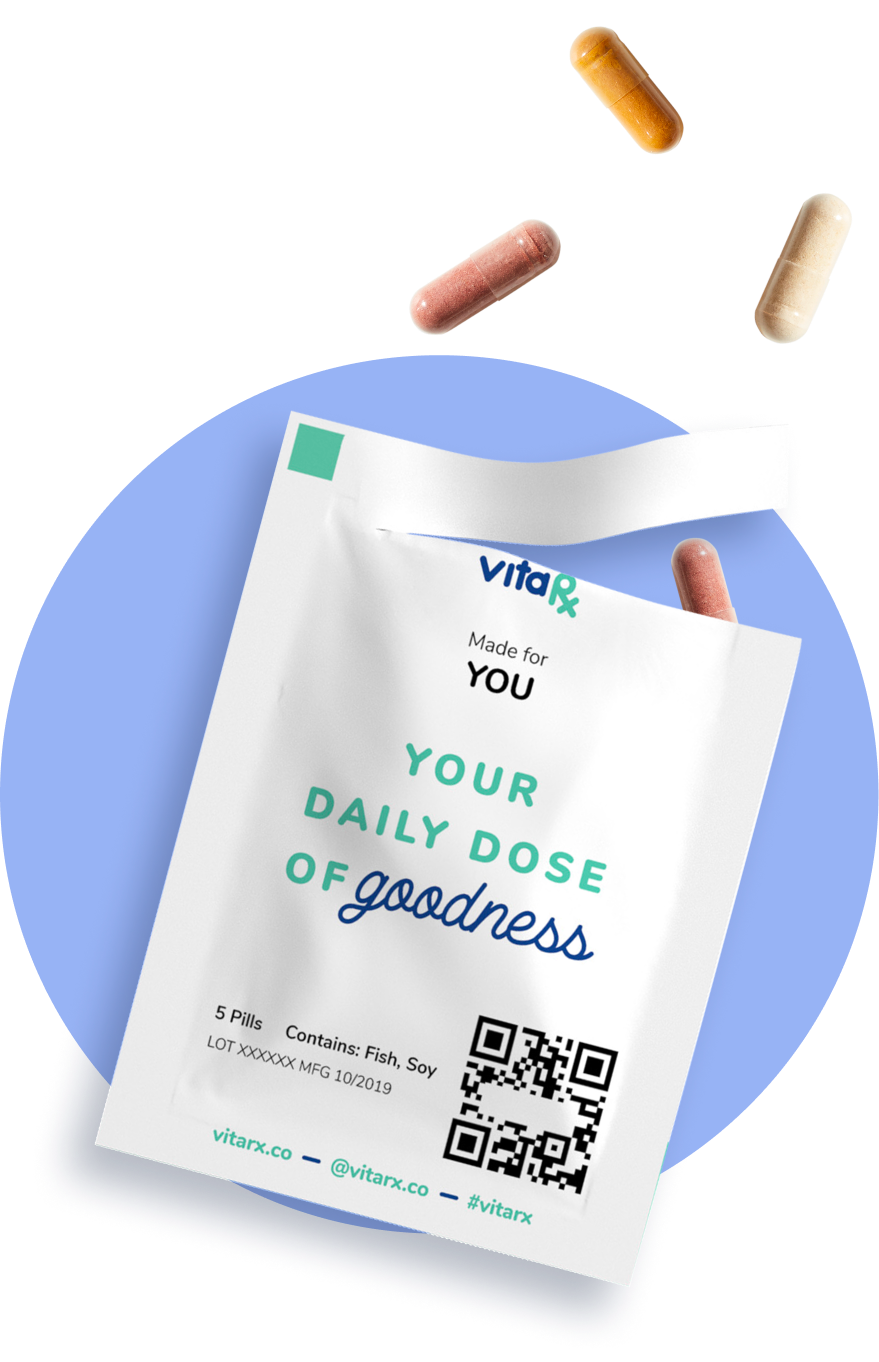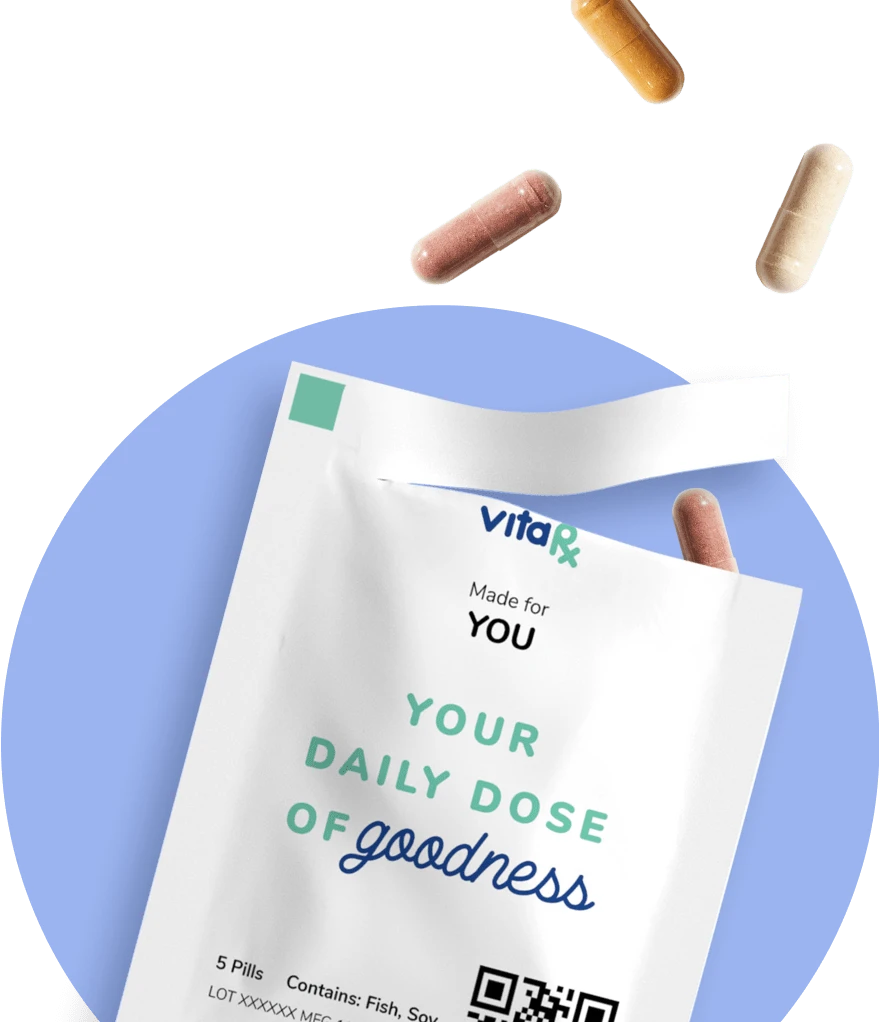Last update: May 28, 2025
5 minute read
Swai Fish
Curious about swai fish and whether it's a healthy and sustainable choice for your dinner table? Discover the facts about this budget-friendly seafood and what you need to know before taking a bite.

By Stephanie Wright, RN, BSN
Edited by Dr. Jacquie Leone, NMD, HN

Swai fish, often found in grocery stores, stirs up questions about safety and sustainability. This versatile white fish, native to Vietnam's rivers, has become a staple for budget-conscious consumers due to its flavor and lean protein content. But before adding swai fish to your plate, explore the facts to make an informed decision about including swai fish in your diet.
Key takeaways
- Swai fish is a protein-rich seafood option, but its farming practices raise health and environmental concerns
- Unsanitary farming conditions can lead to antibiotic use, potentially leaving residues in the fish
- Environmental impact includes water pollution and strain on wild fish populations due to feed practices
What exactly is swai fish?
Ever stumbled upon swai fish at the grocery store and wondered what it is? Swai fish, scientifically known as Pangasius hypophthalmus, is a type of freshwater catfish native to the rivers of Vietnam and Cambodia.
Often labeled as Vietnamese catfish, panga, or striped catfish, it's become a popular choice due to its mild flavor and low price. This versatile fish is often used as a cheaper alternative to other white fish like cod or haddock, making it a staple in many households looking to stretch their food budget without sacrificing taste.
Despite being called an "iridescent shark," swai fish aren't related to sharks at all. The nickname comes from its dorsal fin resembling that of a shark.
Nutritional snapshot
Looking for a lean protein source? Swai fish might catch your eye with these nutritional stats:
- Calories: Around 79 per 4-ounce serving
- Protein: A hefty 19 grams
- Fat: Just 0.5 grams
- Cholesterol: Approximately 50 mg
- Sodium: Roughly 30 mg, though this can increase with additives
- Micronutrients: Provides selenium, niacin, vitamin B12, and about 385 mg of potassium
- Omega-3s: Contains around 11 mg per serving
While it's low in calories and fat, it's essential to consider where and how it's sourced. The relatively low levels of omega-3 fatty acids mean it might not provide the same heart health benefits as other fatty fish. However, its high protein content could make it a valuable addition to many diets.
The dark side of swai fish farming
Swai fish are often raised in crowded ponds, which can lead to unsanitary conditions. To prevent diseases in such environments, farmers may resort to using antibiotics and chemicals—some of which are banned in countries like the U.S. and Europe. This overuse of antibiotics isn't just a concern for the fish; it can have ripple effects on human health.
VitaRx Tip
Due to U.S. regulations in 2003, only American catfish can be labeled as such, leading to various names for swai fish in the market.
Environmental concerns
- Water pollution: Wastewater containing disinfectants and antibiotics can pollute local waterways, harming wild habitats and aquatic life.
- Resource usage: Feeding swai fish with wild-caught fishmeal and GMO grains puts additional pressure on wild fish populations and raises sustainability questions.
- Ecosystem impact: The escape of swai fish from farms can disrupt local ecosystems, potentially outcompeting native species.
Health considerations
Is swai fish safe to eat? Let's dive into some concerns.
Antibiotics and chemicals
The overuse of antibiotics in swai farming can lead to residues in the fish you eat. Long-term exposure to these substances may pose health risks, including antibiotic resistance. This means that bacteria may become resistant to antibiotics, making infections harder to treat.
Heavy metals
While there's some worry about mercury and heavy metals, studies suggest that levels in swai fish are generally within acceptable limits. However, it's always wise to consume such fish in moderation, especially for vulnerable groups like pregnant women and children.
Health made easy: your go-to resource for essential vitamins and supplements
Regulatory and safety issues
Here's where things get a bit murky.
- Inspection loopholes: Swai fish isn't subject to the same strict inspections as other catfish, potentially allowing banned substances to slip through.
- Past recalls: In 2016, nearly 26,000 pounds of swai fillets were recalled in the U.S. for not meeting federal requirements.
- Labeling issues: Mislabeling can occur, making it challenging for consumers to know exactly what they're buying.
How to choose safe and sustainable swai fish
If you decide to include swai fish in your diet, here are some tips to make safer and more sustainable choices:
- Check for certifications: Look for products certified by reputable organizations like the Aquaculture Stewardship Council (ASC) or Best Aquaculture Practices (BAP).
- Research brands: Choose companies that are transparent about their farming practices and are committed to sustainability.
- Read labels carefully: Be wary of vague labeling and ensure that the product meets your country's import and safety standards.
Did you know?
In Vietnam, swai fish is a significant part of local cuisine and economy, often featured in traditional dishes.
Frequently asked questions (FAQ)
Here are some of the most frequently asked questions about swai fish.
Final thoughts
Swai fish offers an affordable way to get protein and essential nutrients. However, unsustainable farming practices and concerns over health and environmental impacts suggest it's worth considering alternatives.
If you choose to eat swai fish, look for brands committed to sustainable and safe practices. Being informed empowers you to make choices that are good for your health and the planet.
Sources and references
Author

Stephanie Wright
Stephanie brings over 13 years of diverse nursing experience to the table, having honed her expertise in critical care, mental health, and utilization management. Her journey as a registered nurse across these various healthcare sectors underscores her adaptability and deep commitment to patient care.
Fact checker

Dr. Jacquie Leone
Dr. Leone holds a BA in Psychology, a Doctorate in Naturopathic Medicine, and board certification in holistic nutrition. In addition to practicing medicine, Dr. Leone has developed and currently teaches science and nutrition courses for a nationally accredited institution. She specializes in chronic illness, gastrointestinal dysregulation, inflammatory conditions, and mental health. Her unique approach combines the wisdom of Eastern medicine with the technology and science of Western medicine, offering an integrative approach heavily focused on functional medicine.
At VitaRx, we're not just passionate about our work — we take immense pride in it. Our dedicated team of writers diligently follows strict editorial standards, ensuring that every piece of content we publish is accurate, current, and highly valuable. We don't just strive for quality; we aim for excellence.
Related posts
While you're at it, here are some other relevant articles you might be interested in.

Get your personalized vitamin recommendations in less than
5 minutes.
Get your personalized vitamin recommendations in less than
5 minutes.







